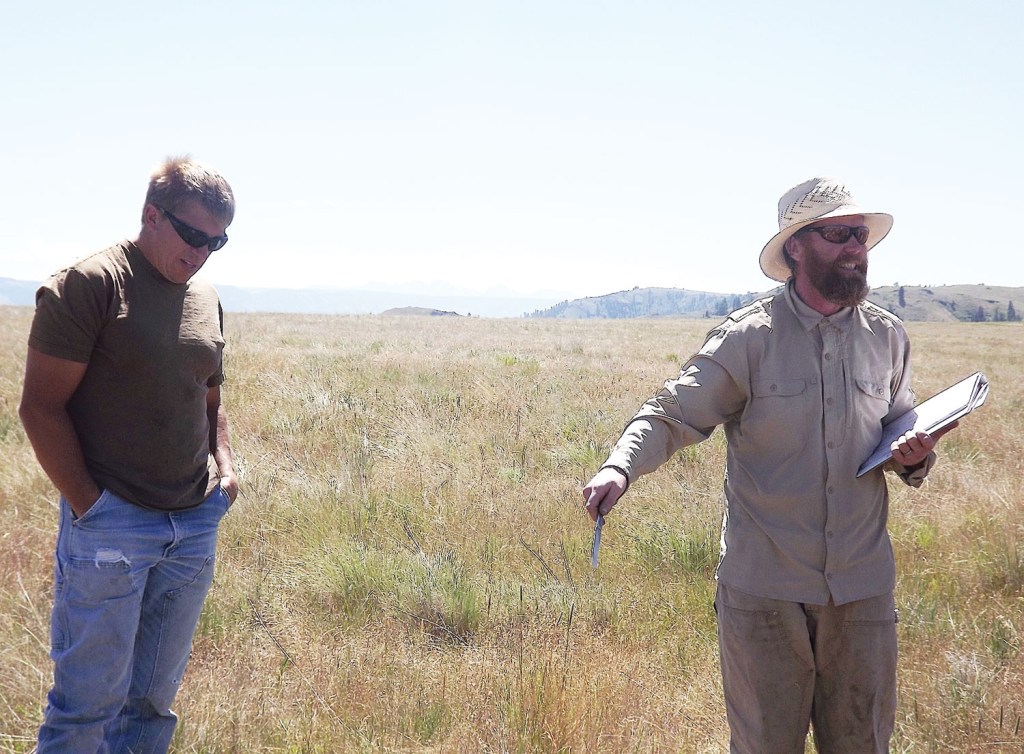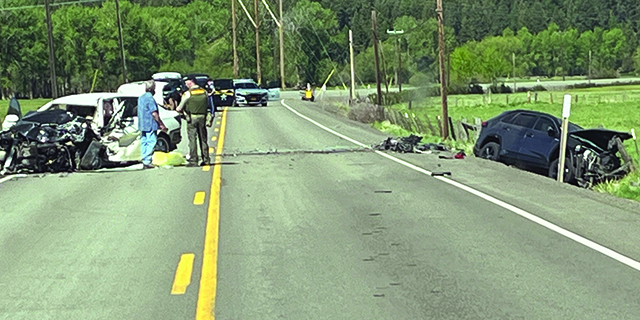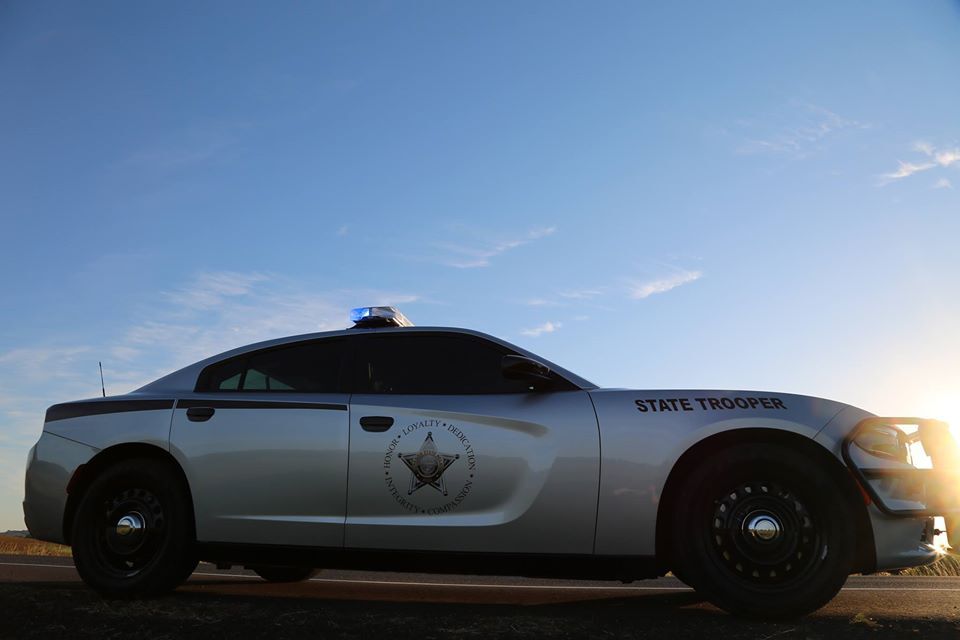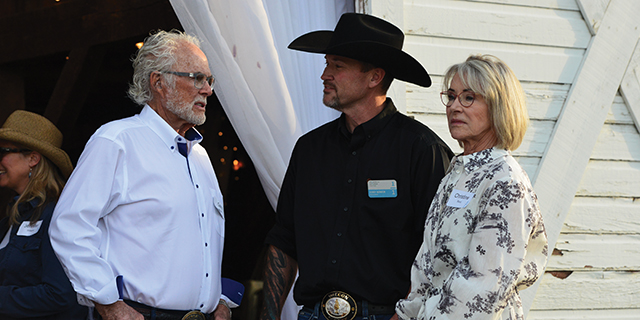Study looks at different levels of livestock grazing on Zumwalt Prairie
Published 1:48 pm Wednesday, July 25, 2012

- Study looks at different levels of livestock grazing on Zumwalt Prairie
During two-year study, conducted by Oregon State University to determine effects of cattle grazing on the Zumwalt Prairie, crews took 576 soil samples in 16 100-acre pastures.
During two-year study, conducted by Oregon State University to determine effects of cattle grazing on the Zumwalt Prairie, crews took 576 soil samples in 16 100-acre pastures. Though the prairie may seem a homogenous ecotype, the soils were highly variable even in the study area – a fraction of the entire preserve.
The study looked at the ecosystem from the ground up with low (50 percent of historical grazing levels with eight cow/calf pairs and two heifers), moderate (the same as historical grazing level with 16 cow/calf pairs and two heifers) and high stocking rates (150 percent of historical levels or 24 cow/calf pairs and six heifers) to look at how much “litter” remained from the plants which add organic matter to the soil, soil compaction that can lead to erosion, soil stability, and the effects on ground nesting birds.
“The foundation of the food web is in the soil,” said ecologist Rob Taylor during a tour of a cattle grazing research project on the Zumwalt Prairie Saturday morning.
The prairie has supported prime cattle grazing since Wallowa County was settled in the 1800s. Taylor said the grass is what attracted homesteaders to the region; good livestock forage.
The Nature Conservancy manages 33,000 acres of this coveted grassland and continues to lease it out for grazing. It supports a variety of research projects that have scientists peering into the dirt and under the shade of the blue bunch wheatgrass and Idaho fescue looking for clues as to what the tiny critters on the prairie floor need for survival.
The soil supports the vegetation of the prairie floor, which provides food not only for cattle, but elk, deer, ground squirrels, grasshoppers, gophers, rabbits and mice.
Wild flowers grow among the grasses and are pollinated by dozens of bee species and butterflies. Spiders and insects that live in the soil are food for ground nesting birds andndash; some of which become food themselves for everything from coyotes to badgers and raptors.
The largest impact on high grazing levels was on butterflies and ground nesting birds, said Oregon State researcher Pat Kennedy.
Oregon State researcher Tim DelCurto of the Union Research Center said what the cattle liked to eat was also studied. Unlike wildlife ungulates, they might nibble on yarrow, but leave most of the other prairie forbs alone in preference for grass.
Homesteaders seeded the prairie, so not all of the grass is native. DelCurto pointed out that non-native grasses play their role; cattle, elk and deer will eat them and in so doing, may have a sparing effect on the native grasses whose survival the Conservancy wants to encourage.
The tour gave an intricate look at a variety of systems and how they interact with each other, but in agriculture the common theme is humans, how they use the land and how they get their product to market..
“When you think about the system as a whole, you get the best ideas from meetings like this,” DelCurto said.
Ranchers who graze the preserve, neighboring pastures, and other areas of the county were asked to give feedback to the study and to offer suggestions for future projects. Preserve manager Jeff Fields said when looking at the thresholds of cattle performance, effects on grasses, birds, insects and soils, the threshold of economic performance should be considered as well.
“What are the variables that make an enterprise profitable?” asked Fields.
John Williams, OSU Wallowa County extension agent, wondered what could be learned by increasing the time the cattle were in the pastures beyond the six weeks used in the study.
Rancher Scott MacLaren said lengthening the season of use would benefit ranchers. He also suggested using yearling steers as opposed to cow/calf pairs in a study.
Todd Nash of the Marr Flat Cattle Company suggested putting yearlings out with mother cows to see if that made any difference in pasture use.
A marketing idea MacLaren proposed was to “brand” cattle raised on the prairie.
“Brand recognition has been proven in a lot of west side stores like New Seasons and many people over there are Nature Conservancy members,” MacLaren said.
Sara Miller said in the grass fed beef market 15 to 20 percent of the demand is met by imports and sees opportunity for more producers to enter that niche.
Liza Jane Nichols of the 6 Ranch suggested research that would use different breeds of livestock, like goats and cows, as well as different breeds of cattle to determine their impacts on the prairie.
Nichols runs Corriente, a small statured breed used in rodeo as well as for beef. She leases preserve land for her cattle in the early summer months.
“I’m afraid when ours go home they are going to run away and come back!” Nichols said.





